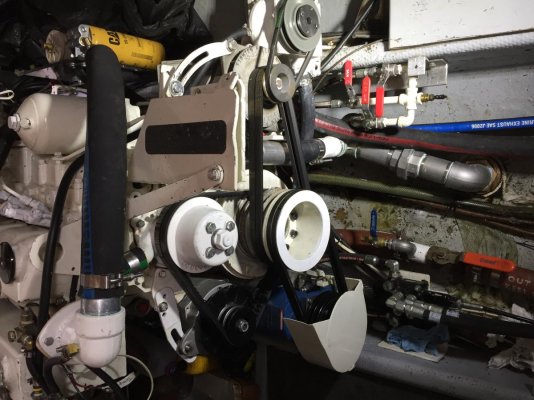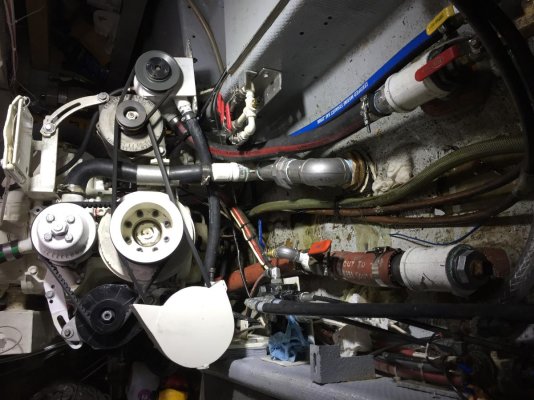A lot to digest in this post. I thought of much of it and decided against.
First, for long term off grid, I'm matching system to amount of solar I can install, which is 800w. Marginal extra battery capacity is fine for cloudy days, but realistically, more than 1000ah is a waste for this use case (I will have 700ah of house battery).
Second, getting rid of genny. Thought of that, but I plan to cruise the tropics where there is rain, heat, and bugs. Even at anchor. I just don't see running off an inverter and batteries. Best I can tell, it's damn hard on them long term vs genny. The numbers work, but in reality, feedback I got from actual users was they were burning up inverters..
Third, getting rid of lead acid or AGM batteries. That was my original plan. Maybe I need a fancy BMS or something, but best I could tell is LFP do not have the pure CCA that AGM have. And frankly, they are 4x the cost and will not get much use. So it just didn't make sense to me. Again, the raw numbers look impressive until I dug a little further and discovered some limitations of LFP.
Finally, a massive single Balmar vs a pair. Point taken. But I had the smaller one, and mounting a 150A one was feasible without too much work. Now that I have twisted trees good thinking about daisy chaining them, I really like the setup for redundancy. By far, biggest draw will be recharging the house bank. Having the extra ooomph makes sense, and having ability to dial back is also good. Plus, there is built in redundancy. No switching required.
I really appreciate all the feedback. Much to think about. I thank you all for taking the time to respond.
Peter ,


